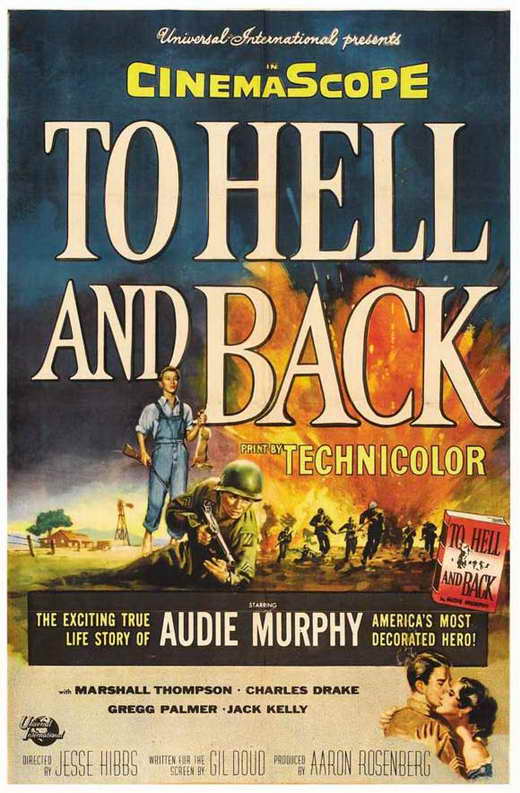D. William Witney. Stars: Audie Murphy, Kenneth Tobey, and Laraine Stephens.
Filmed in Red Rock Hills and Agoura Hills California and released by Columbia Pictures, 40 GUNS TO APACHE PASS (1967) was the one of the final westerns for both Murphy and director William Witney, who earlier shot the war hero-turned actor in 1964's well-received APACHE RIFLES. Regrettably, lightning failed to strike twice, and this promising second collaboration was undermined by a by-the-numbers screenplay that nearly ruined the action with self-conscious narration.
As Witney's prettily-photographed story begins, a rag-tag Arizona cavalry division, under siege from all sides by the Apache nation, is expecting a shipment of repeating rifles desperately needed to defend the tiny outpost of Apache Wells, home to both the military and a hardy group of homesteaders.
But the internal strife within the Apache Wells community continues to rise as Corporal Bodine (portrayed by the film's other "name" star, Kenneth Tobey of Howard Hawk's THE THING), decides he has other plans for the guns and begins fomenting a spirit of mutiny among his beleaguered fellow officers. A vengeance minded ex-Confederate warrior with no love in his heart for the straight-laced Coburn, Bodine double-crosses the captain and leaves him for dead.
As the film approaches the third act, Witney wisely moves the action to California's picaresque Red Rock Canyon (a scenic, remote location and an accurate double for the imposing Arizona desert) as a heroic Murphy guards the pass to Apache Wells alone, with just a cache of powerful repeating rifles by his side. Witney's enormous experience in crafting well-orchestrated action is on display throughout this sequence, and composer Richard LaSalle offers able sonic support.
Widely distributed on VHS, 40 GUNS TO APACHE PASS hasn't enjoyed a high-profile release on DVD, although Sony Pictures Home Entertainment has made Witney's full, 96 minute director's cut available for viewing through Amazon Instant Video http://www.amazon.com/40-Guns-to-Apache-Pass/dp/B001NANKO4/ref=cm_cr_pr_orig_subj. It can also be purchased for download http://xfinitytvstore.comcast.net/movies/956373760;jsessionid=5uovep5kj1pa.
In addition to the film's rousing third act, other assets on display include the scenic, 1:85 photography by Witney and and talented cinematographer Richard Marquette, and a deliciously over-the-top performance by screen vet Tobey, who really seemed to light up at the chance to play a villain. But by 1967 the handwriting was on the wall - the traditional American B-western was dead, thanks to the explosion of operatically violent Spaghetti Westerns being imported from Europe.
It was a change in public taste that wouldn't be lost on the undefatigable Witney, who though already well into his fifties, would reinvent himself as director of entertaining blaxploitation and prison pictures in the 1970s before returning to the genre one last time for his heavy-hearted 1982 swan song QUELL & CO.
Tragically, Audie Murphy would grace the screen just one more time (in 1969's A TIME FOR DYING) before losing his life in a plane crash at the age of 46. In recognition of his astonishing career in combat, Mr. Murphy's remains were buried, with full U.S. military honors, at Virginia's Arlington National Cemetery.
%5D&sink=preservemd%5Btrue%5D)







No comments:
Post a Comment